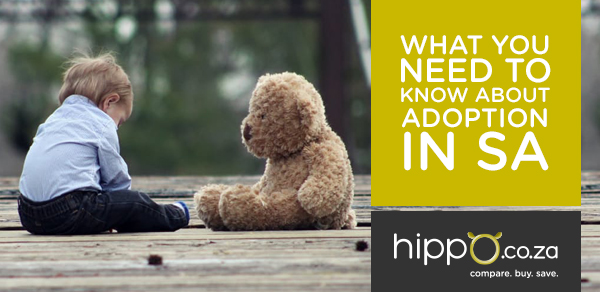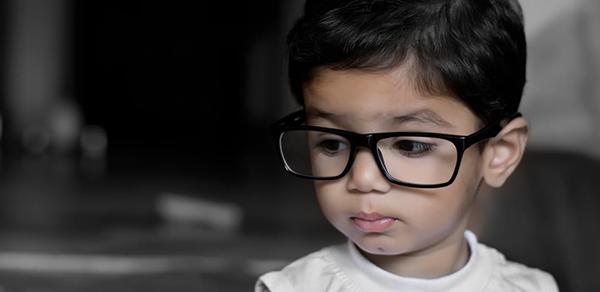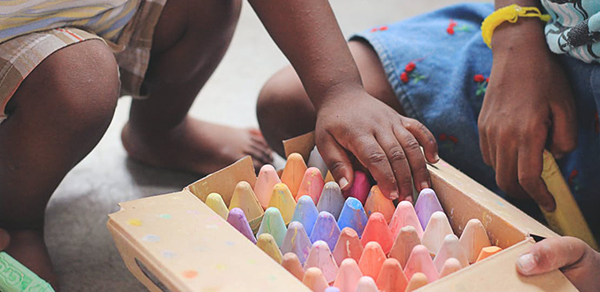What You Need to Know About Adoption in SA

In South Africa, by last reports, approximately 11.9 million children (64% of all South African children) live in poverty. The closest possible consensus tells us that some 1.7 million children (9% of all South African children) still live in informal housing such as shacks in backyards or squatter settlements. Due to the number of independent adoption institutions in South Africa, and how loosely regulated they are, no one knows for certain how many adoptions of non-blood related children there are or have been in the country. Estimates from Adoption.org.za (or the figures they go by) indicate an average of 2 400 adoptions per year (including by blood relatives) and a total of 510 713 children in foster care. They also state that there are “nearly two million” children who require adoption.
Main reasons for admission of child to registered child and youth care centre:

A UNICEF report published in 2011 reflects 5 853 adoptions (likely including by blood relatives) for 2009/2010, which for the most part supports the figures on Adoption.org.za. It could well be argued that the adoption of a child in need is the most selfless of acts, but it can be a daunting one as well and a process which leaves little room for error. Due to the number of adoption agencies operating independently in South Africa there are many questions with unclear answers within the industry. Considering this, Hippo.co.za asked the mother of non-blood relative children to help clear away the cobwebs and give first-time, prospective parents the benefit and insight of her experience.
We asked writer, Sharon van Wyk, what she had learned from her experience and, having the knowledge she has now, what she would do differently were she to adopt again.
Sharon van Wyk

“I have two adopted daughters. Our eldest was placed with us, under the old Children’s Act, as a newborn in 2009 and my youngest was placed with us in 2013 under the new Children’s Act.
If I could do it over again, there are a couple of things I’d do differently.”
“Firstly, having experienced placements under both the old and new Children’s Act I don’t feel that the new Children’s Act (which requires that an adoptable child be in a place of safety for the duration of the 60-day consent period before placement) is in the best interests of the child. Yes, it protects the birth parents and adoptive parents, but our second daughter came to us with HUGE amounts of post-placement stress. We spent six months getting additional care and therapy for her through an occupational therapist.”
“She spent a limited amount of time with her birth mother, was then in the hospital maternity ward for a couple of days, before being transferred to a place of safety for 60 days, and only then was she placed with us. She was extremely stressed, would cry inconsolably, and didn’t want to be touched. It made bonding with her extremely difficult and it was very upsetting to see her so stressed and insecure.”

“Secondly, the other thing I would do differently is to research the effects of adoption on an adopted child, prior to going into the process. I don’t feel we were adequately prepared for the hurt and issues that an adopted child may experience. When I asked about it at the time of screening, it was sort of brushed over. It is only now that my eldest is seven years old that we are experiencing this and having to wing it a bit as we were unprepared for it. She has a lot of questions and has admitted to how much it hurts and how lost she feels about not knowing her birth mother, a natural reaction for any adopted child but one I wish I was better prepared for.”
“Thirdly and finally, I wish I’d insisted on more ‘openness’ for both of my daughters. We have a fair amount of openness with my eldest’s birth mother, but none with my youngest’s birth mother and thus she is often confused by why she can’t also draw a picture for her birth mom, or receive a voice note, and I fear this is only going to cause further issues for her. Because she is a younger sibling, she has also grasped the concept of her adoption a lot faster than her older sister, because they talk about it with us and with each other, and we’re dealing with a fair amount of placement grief on her part too.”

“Having said all of the above, I wouldn’t exchange my children for anyone or anything. They are my everything and we are committed to walking this journey with them, to absolute openness and honesty, and to wholeheartedly assisting and guiding them through their journeys.”
Unfortunately, it is next to impossible to outline what an adoption might cost you financially. According to Jules Kynaston of heartmamablog.co.za, “all agencies have some degree of government subsidy and some offer their professional services on a sliding scale according to income”. Due to the degree of government subsidy (not easily ascertained) adoption agencies could increase their rates to make up for their specific shortfall. This is sometimes applied on top of the sliding scale determined by your own income – making fees vary in ranges of R10 000 to R60 000 depending on where you go.
If you are considering starting a family, via adoption or otherwise, remember that it is essential to prepare a backup plan should something unforeseen occur to render you unable to care for your children. Life Insurance is a critical addition for an expanding family so compare your options today, if you haven’t done so already.
Hippo Blog Categories





































